The Hejaz: Often Forgotted but Imprinted on the Landscape
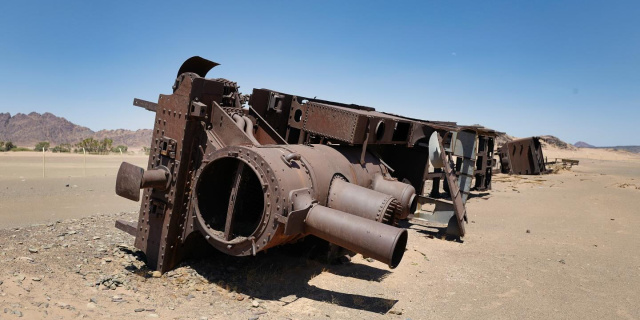
Tabuk - Al-Ula - Medina (Saudi Arabia)
2024 Ibn Battuta Senior Fellow

Leon McCarron | Photo Credit: Emily Garthwaite
In Spring 2024, Leon McCarron embarked on an epic journey from Damascus to Medina, following the route of the famed Hejaz Railway!
Opened in 1908, the Hejaz was a 1,300 km (800 miles) narrow-gauge railway optimistically referred to as the “Iron Silk Road”. Envisioned primarily as a means of transport for pilgrims traveling to the city of Mecca, the railway also held political and economic importance to the Ottoman Empire. The glory of the Hejaz was short-lived - the outbreak of World War I resulted in significant damage to large sections of the railway and in 1920, the project was effectively abandoned.
More than a century later, Leon followed in the footsteps of generations past as he looked back at the legacy of the Hejaz, traveling from Turkey to Syria, south through Jordan, and finally into Saudi Arabia. He traced the centuries-old pilgrimage route while hearing the stories of the 21st-century communities who live along the ruins of the railway.
This project reflects on the millennia of walking in the region, hospitality to strangers, and the purpose of pilgrimage, while exploring what lies ahead.
Leon shared his journey on social media as he travels from Damascus to Medina. Click the highlights below for an unforgettable experience!

Tabuk - Al-Ula - Medina (Saudi Arabia)

Saudi Arabia

Southern Jordan
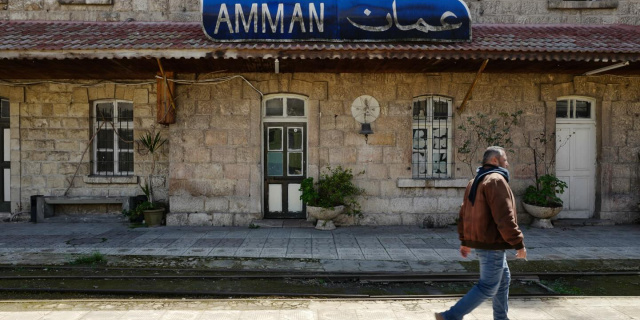
Amman - Jiza (Jordan)

Mafraq - Khirtbet Samra (Jordan)

Damascus, Syria
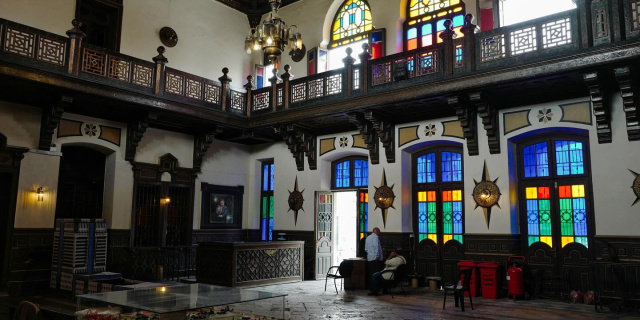
Damascus, Syria

Hama, Syria

Aleppo, Syria
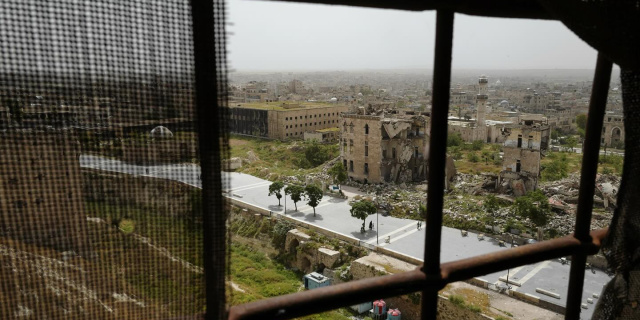
Aleppo, Syria

Aleppo
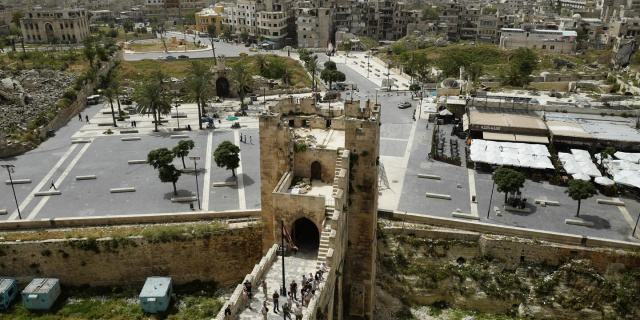
Syria
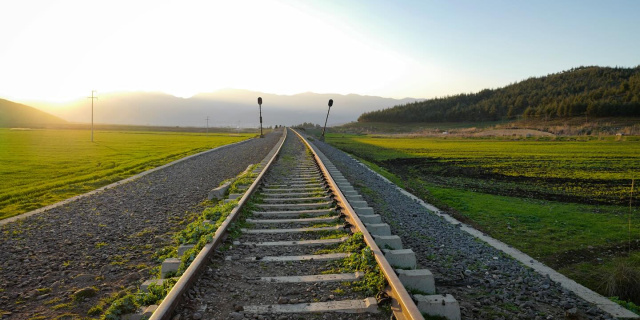
Adana - Osmaniye - Fevzipaşa - Nurdağı - Syrian Border (Turkey - Syria)

Adana - Eastward towards Syria, Turkey
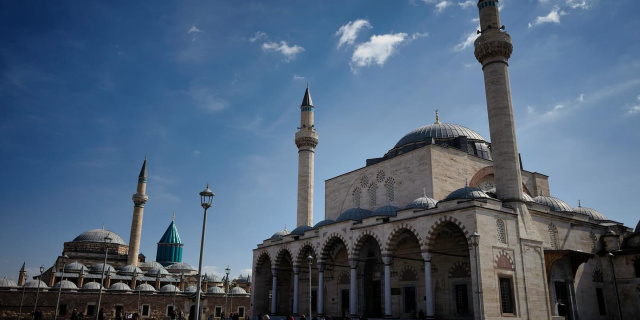
Istanbul - Konya, Turkey

The Orient Bar at the Pera Palace Hotel - Istanbul, Turkey

Hagia Sofia - Topkapı Palace - Istanbul, Turkey

From Istanbul to Damascus, and on to Amman and Medina
